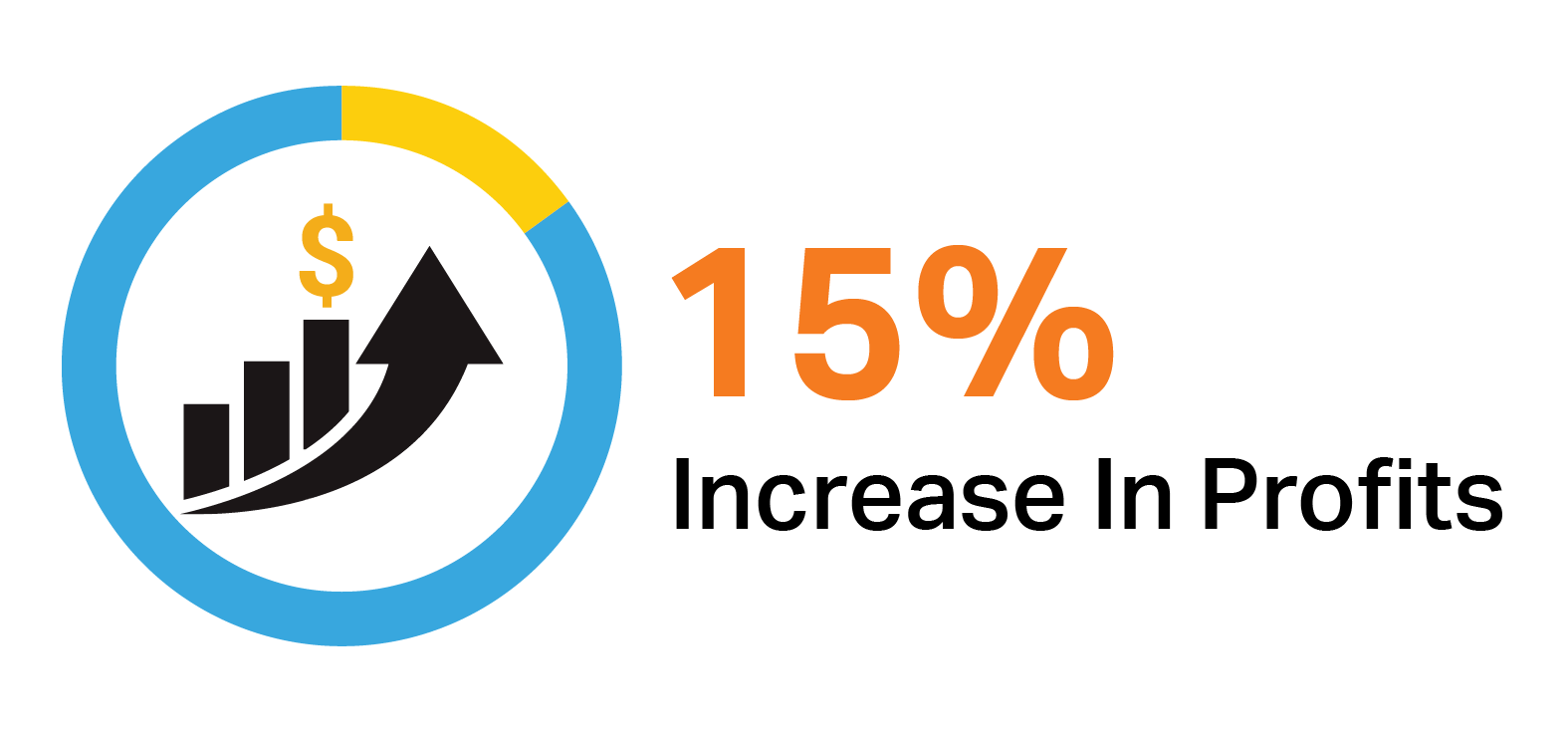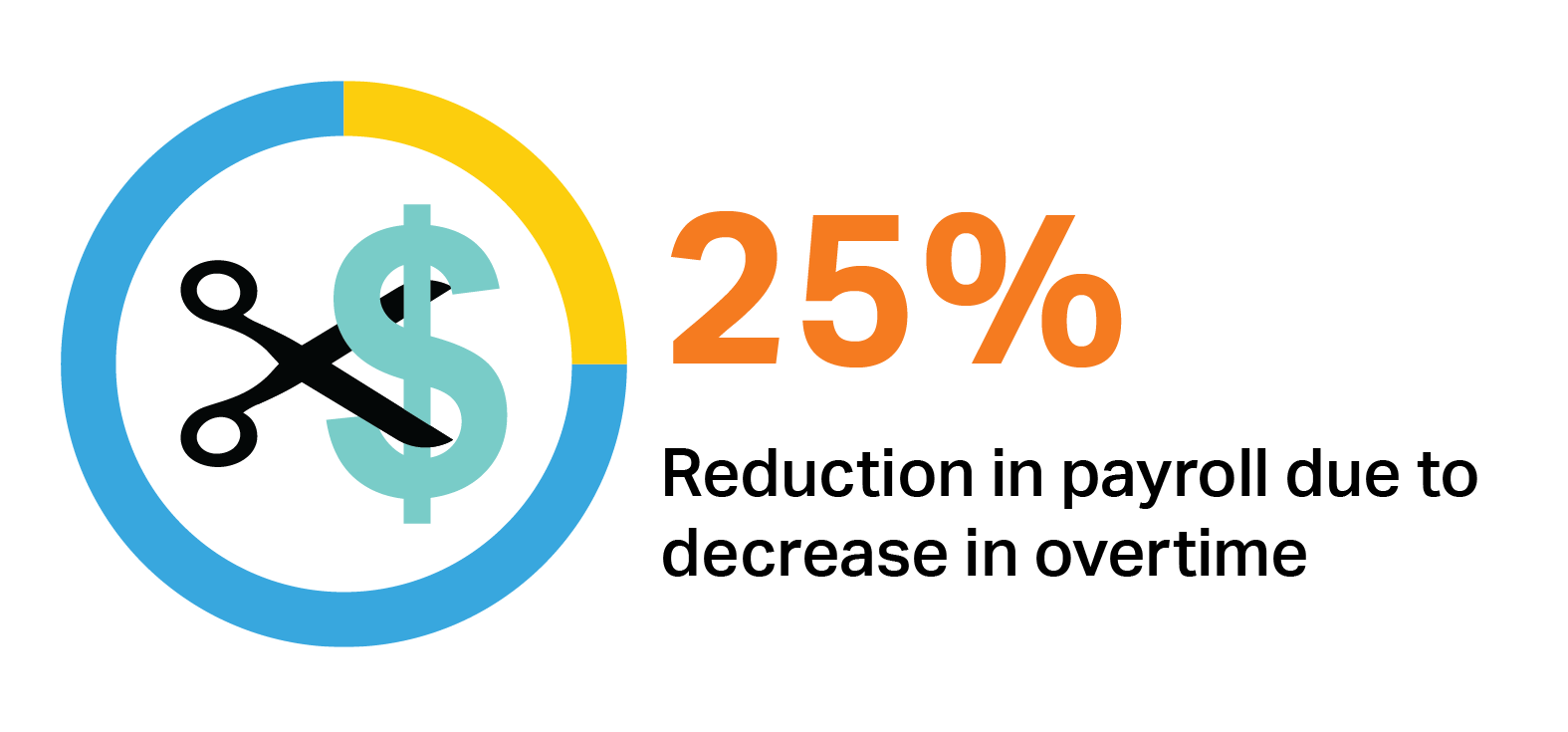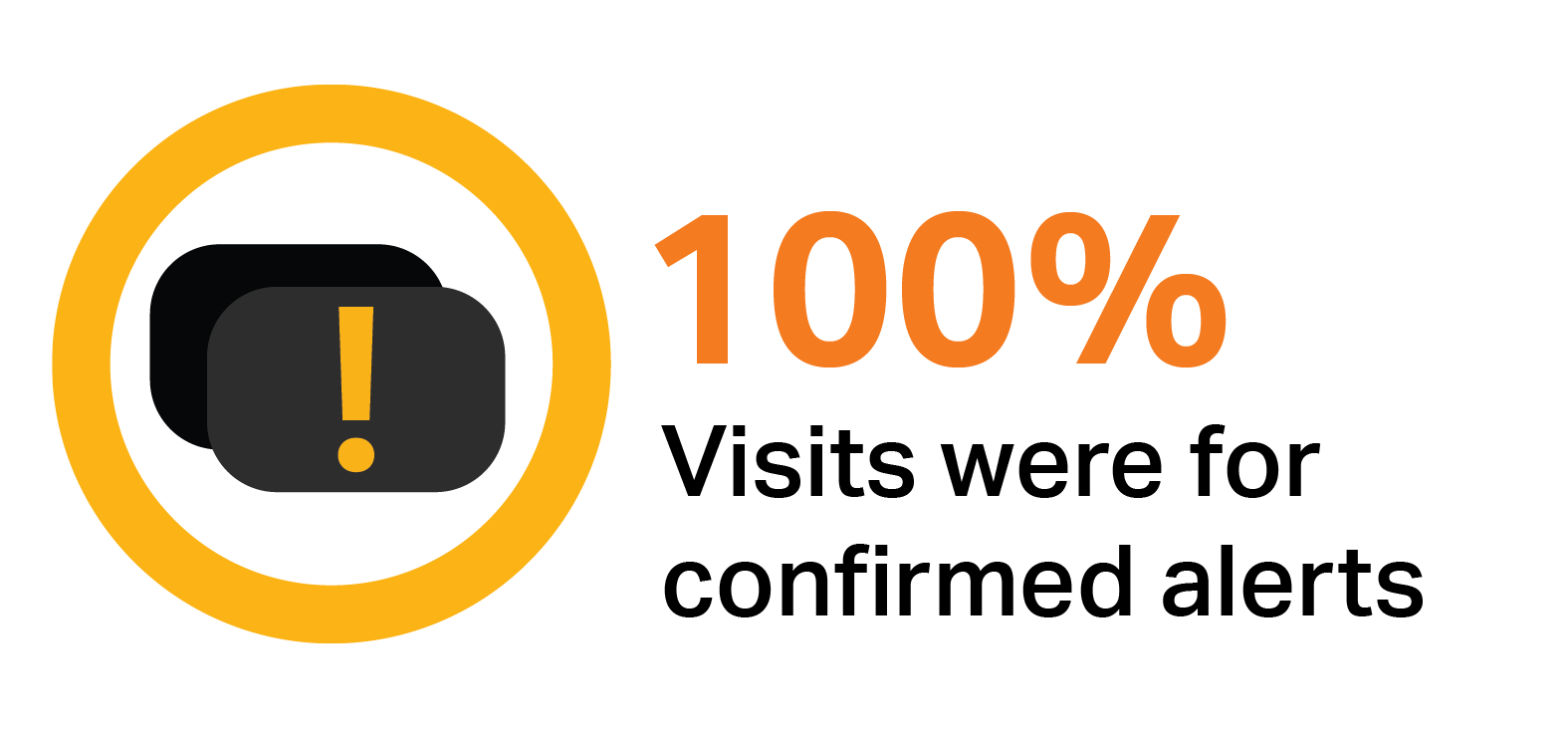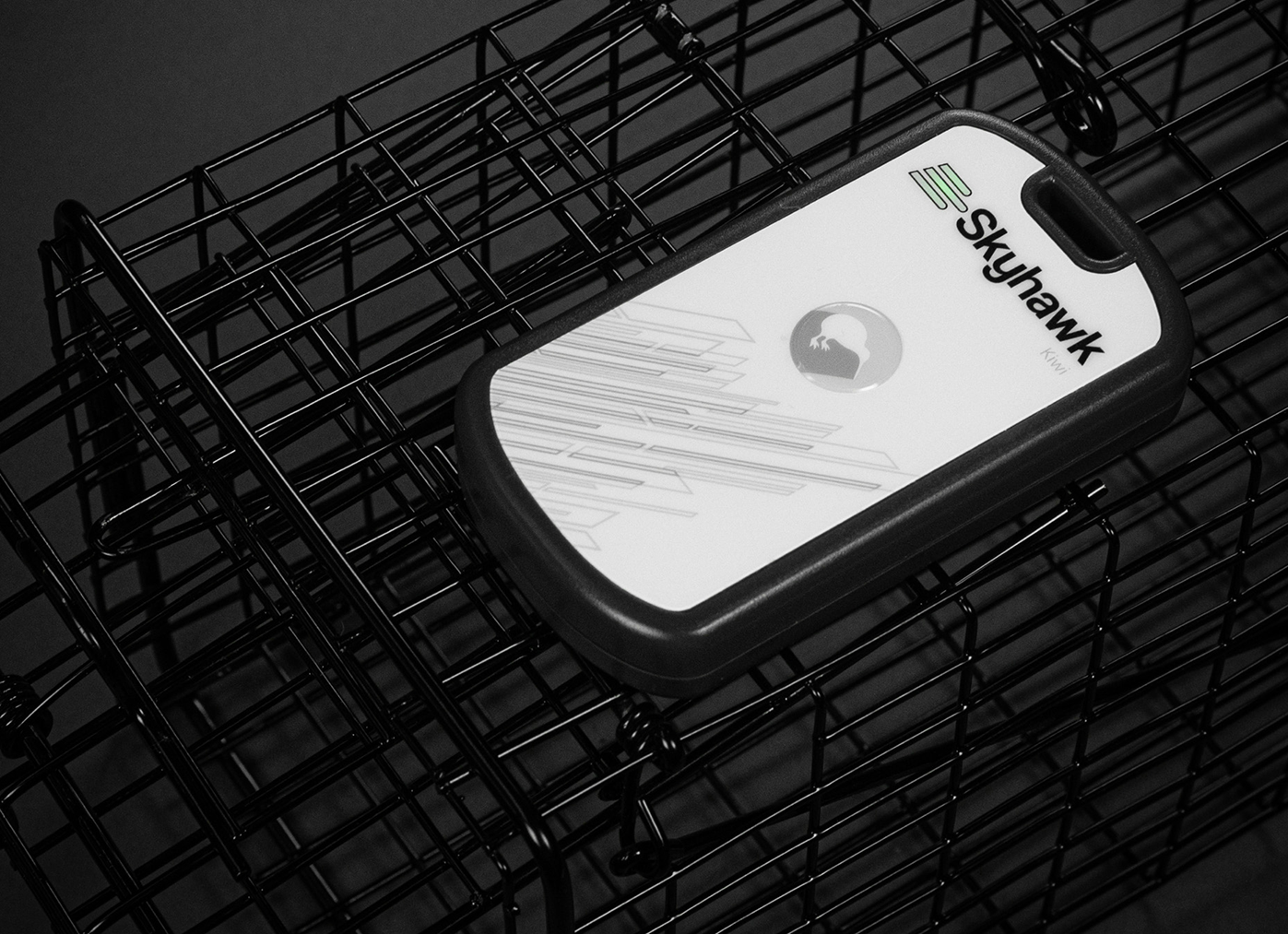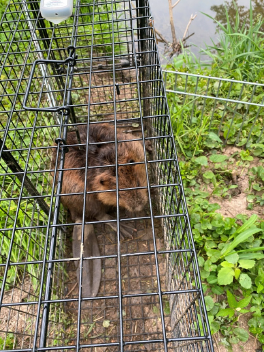
Improving Customer Service Using Skyhawk Trapmate
Improving Customer Service Using Skyhawk Trapmate
Animal and Wildlife Control
Lee’s Nuisance Wildlife Services, LLC provides professional animal and wildlife control services and solves nuisance animal problems for residential and commercial properties in Indiana, Kentucky, and Ohio. Their methods include capture, removal, and deterrence, specializing in beaver, groundhog, raccoon, mole, skunk control, and most other wildlife.
Overview
Lee’s was running into significant issues that made meeting customer expectations and adherence to trap-checking regulations challenging. Topping the list of problems was bad reception on existing cameras for trap monitoring, the expense of camera replacement, drive time for technicians, and the cost of gas. Without the ability to remotely monitor the traps effectively using only cameras, technicians drove for one to two hours to check traps for raccoons, groundhogs, and skunks to traps without knowing if they contained animals. Since the company charges per animal (not per trap), useless checks on sites serve no purpose in growing the business.
Challenge
Lee, the owner of Lee’s Nuisance Wildlife Services, wanted to ensure that he maintained the high level of customer satisfaction he and his team had worked hard to attain. Critical to managing their reputation, they needed to ensure remote trap locations could be easily monitored

Moyer used the versatile Kiwi single-trap solution for this application. The device is designed to be placed almost anywhere on any trap. An accessory pack with various attachment options is included, and even a standard zip tie can be used to hold the unit in place.
Plan of Action
After discovering the Kiwi by Skyhawk, Lee required that each trap deployed by Lee’s would use Skyhawk’s remote monitoring device. The deployed Kiwis have better reception, are easier to use, and are priced better than cameras and other monitoring solutions. Additionally, some monitoring devices must be replaced when the life of the unit’s battery ends vs the ability to replace the batteries and keep your original Kiwi.

The Skyhawk CE App is the control center for all your deployed Trapmate devices.Lee’s monitored battery status, managed notifications, and added and removed sensors through the streamlined user interface.
Benefits
Without Kiwis, his team had to perform daily on-location trap checks. Now they only go to a site when an animal has been caught. Scheduling benefits from knowing what traps need to be cleared at what locations, drastically reducing drive time, and ensuring compliance with trap-checking laws. Techs in the field are now able to focus on additional jobs.
“It’s like having an additional two techs on my team performing checks”
Conclusion
Lee’s started using Kiwis about six months ago. The ability to increase revenue has made it possible to add better traps and more devices and expand the business to different horizons. “It’s like having an additional two techs on my team performing checks,” Lee states. “I think more businesses in our line of work should know about the use and potential of Skyhawk devices. Now all my traps require a Skyhawk device before being deployed on a job site.”
By the Numbers
